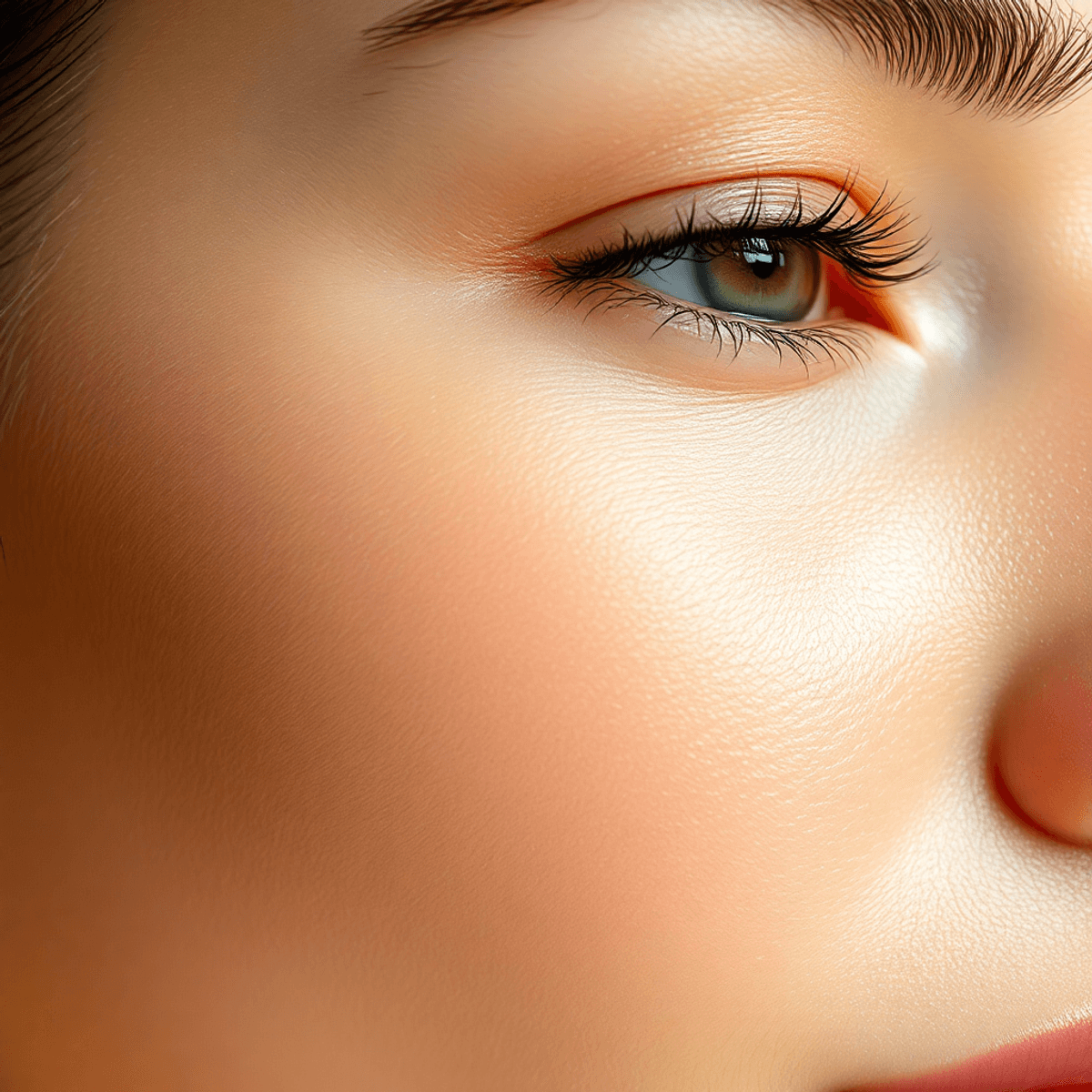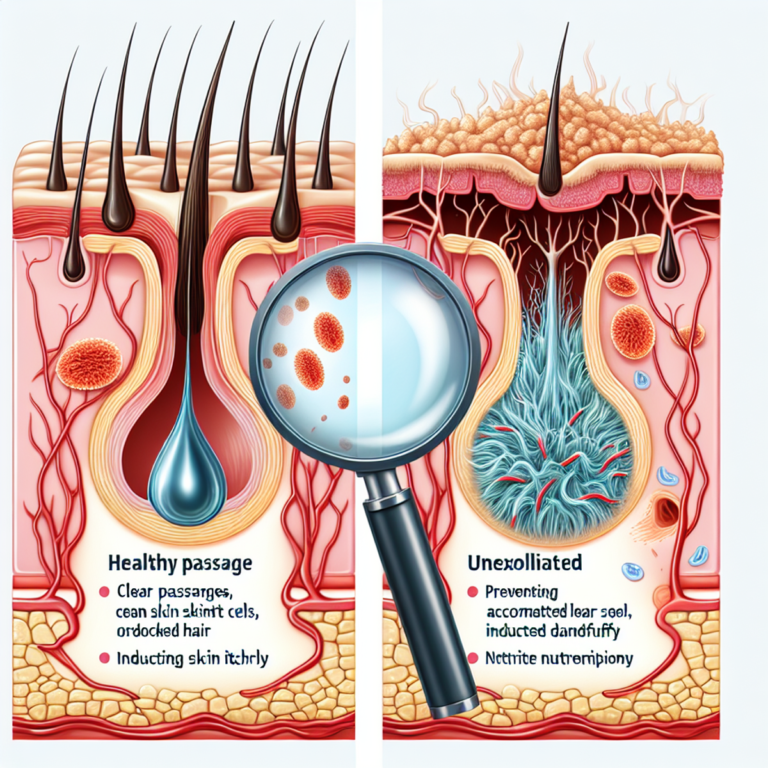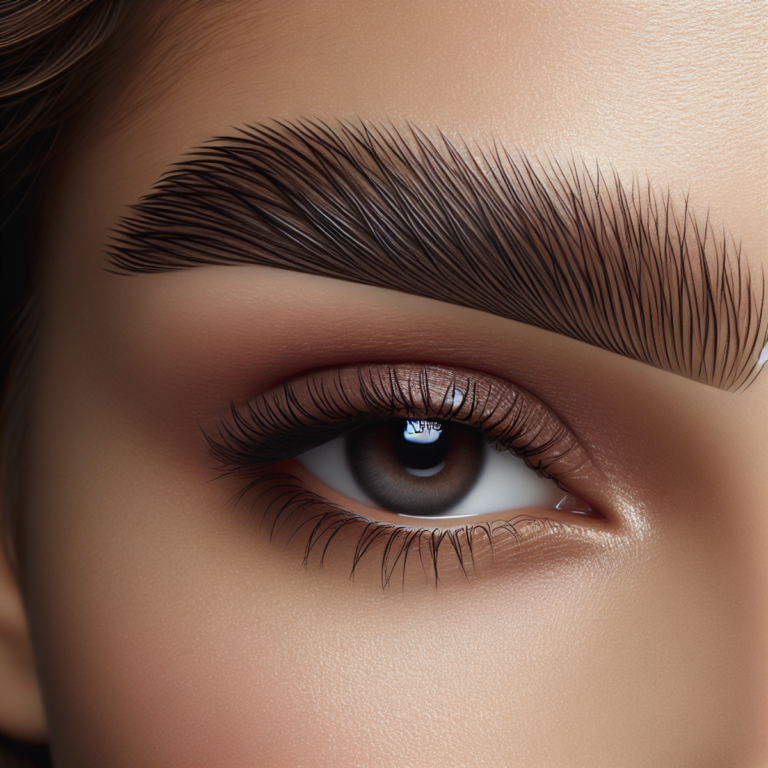How do you get rid of pimples

Introduction
Dealing with pimples can feel like an endless battle. These pesky skin blemishes affect millions of people worldwide, appearing not just on the face but also on areas like the forehead, buttocks, and under the skin. From tiny bumps to painful cysts, pimples can impact both your appearance and self-confidence.
Your skin deserves effective solutions backed by science and real results. This comprehensive guide will equip you with proven strategies to:
- Clear existing breakouts using both medical and natural treatments
- Prevent future pimples through lifestyle modifications
- Remove stubborn acne scars and blemishes
- Address specific concerns like forehead bumps and under-the-skin pimples
- Create a sustainable skincare routine for long-term results
Whether you’re dealing with occasional breakouts or persistent acne, you’ll discover targeted solutions for your unique skin concerns. We’ll explore everything from fast-acting spot treatments to gentle, natural remedies that work overnight. You’ll learn why certain treatments work better for specific types of pimples and how to combine different approaches for maximum effectiveness.
This guide cuts through the confusion of conflicting skincare advice to bring you practical, science-backed methods that actually work. Let’s transform your skin journey from frustration to confidence with proven solutions that address the root causes of your acne concerns.
Understanding Pimples
Pimples come in different types, and each type needs a specific treatment to get rid of them effectively.
Common Types of Pimples:
- Whiteheads – Small, flesh-colored bumps with white centers caused by trapped oil and dead skin cells beneath the skin’s surface
- Blackheads – Dark spots created when pores become clogged and exposed to air, causing oxidation
- Papules – Small, tender red bumps indicating inflammation
- Pustules – Red bumps filled with white or yellowish pus
- Cystic Acne – Large, painful bumps deep under the skin filled with pus and fluid
The Formation Process
Your skin naturally produces sebum (oil) through sebaceous glands. This process typically helps protect and moisturize your skin. When excess oil combines with dead skin cells, bacteria, and debris, your pores become clogged.
The clogging process follows this sequence:
- Excess oil production
- Dead skin cell accumulation
- Bacterial growth
- Inflammation
- Pimple formation
The Acne Cycle
The typical acne cycle spans 8-10 days:
- Days 1-3: Initial clog forms in the pore
- Days 4-5: Inflammation begins
- Days 6-7: Pimple becomes visible
- Days 8-10: Natural healing process begins
Factors Affecting Breakout Severity
Several elements influence your susceptibility to breakouts:
- Hormonal Changes: Menstrual cycles, puberty, pregnancy, stress levels
- Environmental Factors: Humidity, pollution, sun exposure, climate changes
- Lifestyle Habits: Sleep patterns, diet choices, exercise routine, skincare practices
- Genetic Predisposition: Family history, skin type, oil production levels
Understanding these underlying mechanisms helps you identify effective treatment strategies for your specific type of acne.
Effective Topical Treatments for Quick Relief
Topical treatments offer fast-acting solutions for pimple management, targeting specific acne-causing factors. These treatments work directly on the affected areas, providing targeted relief and visible results.
Benzoyl Peroxide: The Bacteria Fighter
Benzoyl peroxide stands as a powerful weapon against acne-causing bacteria. Available in concentrations from 2.5% to 10%, this ingredient:
- Kills P. acnes bacteria on contact
- Reduces excess oil production
- Helps remove dead skin cells
- Shows results within 48-72 hours
Proper Application: Apply a thin layer to clean, dry skin. Start with lower concentrations to minimize irritation.
Side Effects:
- Skin dryness and peeling
- Temporary redness
- Bleaching of fabrics
- Sun sensitivity
Salicylic Acid: The Pore Unclogger
This beta-hydroxy acid (BHA) penetrates deep into pores, making it ideal for treating and preventing breakouts:
- Dissolves dead skin cells
- Reduces inflammation
- Controls excess oil
- Works best at 0.5-2% concentration
Best Practices:
- Apply twice daily
- Allow product to dry completely
- Use sunscreen during daytime
Side Effects:
- Mild stinging
- Initial dryness
- Possible purging period
Choosing Your Treatment
Your skin type determines the most effective treatment approach:
Oily Skin
- Higher concentrations of benzoyl peroxide (5-10%)
- Oil-free salicylic acid formulations
- Gel-based products
Dry/Sensitive Skin
- Lower concentrations of active ingredients
- Cream-based formulations
- Products with added moisturizers
Combination Skin
- Targeted application of different products
- Medium-strength concentrations
- Alternating treatments as needed
For rapid results, spot treatments containing these ingredients can reduce pimple size and redness within hours. Remember to patch test new products on a small area before full application to prevent adverse reactions.
Natural Remedies for Pimples
Natural remedies offer a gentle alternative to chemical-based treatments for pimple management. These solutions use nature’s anti-inflammatory and antibacterial properties to fight acne while minimizing potential skin irritation.
1. Tea Tree Oil
Tea tree oil stands out as a powerful natural acne fighter. Research shows its effectiveness matches benzoyl peroxide in treating mild to moderate acne. Here’s how to use it:
- Dilute 1-2 drops with a carrier oil like jojoba or coconut oil
- Apply directly to affected areas using a cotton swab
- Use once or twice daily after cleansing
2. Green Tea Extract
Green tea’s antioxidant properties make it an excellent choice for controlling excess oil production. Studies indicate its ability to reduce sebum levels by up to 50%. You can benefit from green tea in two ways:
- Apply cooled green tea as a facial toner
- Use skincare products containing green tea extract
- Create a DIY mask by mixing green tea leaves with honey
3. Aloe Vera
Raw aloe vera gel contains natural antibacterial compounds that help fight acne-causing bacteria. Its soothing properties also reduce inflammation and redness:
- Extract fresh gel from an aloe leaf
- Apply directly to clean skin
- Leave on for 15-20 minutes before rinsing
Important Considerations
Natural remedies require consistent application and patience:
- Results typically appear after 4-6 weeks of regular use
- Perform a patch test before applying any new remedy
- Store natural preparations properly to maintain effectiveness
- Use fresh ingredients for optimal results
Limitations
While natural remedies can be effective, they have certain limitations:
- May not work for severe or cystic acne
- Results vary significantly between individuals
- Some natural ingredients might cause allergic reactions
- Concentration and quality can be inconsistent
These natural solutions work best as part of a comprehensive skincare routine that includes proper cleansing and moisturizing. For persistent or severe acne, combining these remedies with other treatment methods might provide better results.
Home Remedies to Remove Pimples Overnight
When you need quick results for an unexpected breakout, several home remedies can help reduce pimple size and appearance overnight. While these methods won’t completely eliminate pimples, they can provide noticeable improvement in a short time.
Ice Application Method
A simple ice treatment can effectively reduce pimple inflammation:
- Wrap an ice cube in a clean cloth
- Apply to the affected area for 30-60 seconds
- Rest for 15 minutes
- Repeat up to 3 times
The cold temperature constricts blood vessels, reducing redness and swelling while numbing any discomfort.
Crushed Aspirin Paste
Aspirin contains salicylic acid, making it an effective spot treatment:
- Crush one uncoated aspirin tablet into powder
- Mix with 2-3 drops of water to create a paste
- Apply directly to the pimple
- Leave for 10-15 minutes
- Rinse with lukewarm water
Note: Test on a small area first to check for sensitivity reactions.
Honey-Cinnamon Mask
This antibacterial combination can help reduce inflammation:
Ingredients:
- 2 tablespoons raw honey
- 1 teaspoon cinnamon powder
Application:
- Mix ingredients into a paste
- Apply to affected areas
- Leave for 15-20 minutes
- Rinse with warm water
Quick-Relief Spot Treatments
- Use white, non-gel toothpaste
- Apply a small amount directly on the pimple
- Leave overnight
- Wash face in the morning
Lemon Juice Application:
- Dab fresh lemon juice on the pimple
- Leave for 15-20 minutes
- Rinse thoroughly
- Apply moisturizer
Important Safety Tips
- Never pop or squeeze pimples
- Avoid applying harsh substances directly to broken skin
- Stop using any treatment that causes irritation
- Clean hands and face thoroughly before applying treatments
- Use fresh, clean materials for each application
Advanced Treatments for Severe Cases
Persistent acne that doesn’t respond to over-the-counter treatments requires professional intervention. You might need advanced treatments if you experience:
- Deep, painful cystic acne
- Widespread breakouts across face, chest, or back
- Acne that leaves scars
- Breakouts resistant to traditional treatments
- Hormonal acne that affects daily life
Cortisone Injections
These quick-acting shots deliver powerful anti-inflammatory medication directly into stubborn acne lesions. A dermatologist injects a small amount of diluted corticosteroid into the affected area, reducing inflammation within 24-48 hours. This treatment works best for:
- Cystic acne
- Deep, painful blind pimples
- Special event emergencies
- Individual stubborn spots
Prescription Medications
A dermatologist can prescribe various treatments based on your specific condition:
Topical Treatments
- Tretinoin (Retin-A): Unclogs pores and promotes cell turnover
- Adapalene: Reduces inflammation and prevents clogged pores
- Clindamycin: Fights bacteria and decreases redness
- Azelaic acid: Treats both acne and post-inflammatory hyperpigmentation
Oral Medications
- Antibiotics (doxycycline, minocycline): Combat bacterial infection
- Birth control pills: Balance hormones causing breakouts
- Spironolactone: Blocks androgen hormones
- Isotretinoin: Powerful medication for severe, resistant acne
Specialized Treatments
Professional treatments can target specific types of acne:
- Chemical peels: Remove dead skin cells and unclog pores
- Light therapy: Kills acne-causing bacteria
- Extraction procedures: Remove deeply embedded blackheads
- Laser treatments: Reduce inflammation and acne scars
These advanced treatments require regular monitoring by healthcare professionals. Side effects can range from mild irritation to serious complications, making medical supervision essential. Your dermatologist will create a personalized treatment plan based on your acne type, severity, and skin sensitivity.
Lifestyle Changes to Prevent Future Breakouts
A holistic approach to acne management extends beyond topical treatments. Your daily habits play a crucial role in preventing future breakouts and maintaining clear skin.
Stress Management Techniques
- Practice deep breathing exercises for 5-10 minutes daily
- Incorporate regular physical activity into your routine
- Try meditation or mindfulness apps
- Get 7-8 hours of quality sleep each night
- Set boundaries to maintain work-life balance
Dietary Adjustments for Clearer Skin
- Reduce dairy consumption, particularly skim milk products
- Include foods rich in zinc (pumpkin seeds, nuts)
- Add omega-3 fatty acids through fish or supplements
- Stay hydrated with 8-10 glasses of water daily
- Limit high-glycemic foods that spike blood sugar
Essential Lifestyle Modifications
- Change pillowcases twice weekly to prevent bacteria buildup
- Keep hair clean and away from face
- Avoid touching your face throughout the day
- Clean phone screens and makeup brushes regularly
- Shower after sweating from exercise
Environmental Considerations
- Use non-comedogenic products
- Protect skin from sun damage with SPF
- Maintain clean air quality in living spaces
- Remove makeup before bed
- Keep exercise gear clean and dry
Consistent Daily Routine
- Cleanse face twice daily
- Apply treatments at appropriate times
- Moisturize according to skin type
- Use clean towels for face drying
- Follow a regular skincare schedule
These lifestyle modifications work synergistically with your existing acne treatments. Each change contributes to creating an environment where your skin can heal and maintain its natural balance. Your body’s response to these changes might vary, so pay attention to what works best for your skin type and adjust accordingly.
Maintaining Healthy Skin Post-Acne
After successfully treating active breakouts, you might face new challenges: pimple scars and dark spots. These post-acne marks can affect your confidence, but several effective treatments can help restore your skin’s appearance.
Natural Methods for Scar Removal
- Vitamin E Oil: Massage vitamin E oil into scars nightly to improve skin texture and promote healing
- Lemon Juice: Apply fresh lemon juice to dark spots using a cotton swab – the natural acids help lighten discoloration
- Rosehip Oil: Rich in vitamin A and essential fatty acids, rosehip oil reduces the appearance of scars and evens skin tone
- Potato Slices: Place thin potato slices directly on dark spots – natural enzymes work to lighten hyperpigmentation
Effective Topical Treatments
- Vitamin C Serums: Use products with 10-20% vitamin C concentration to fade dark spots and boost collagen production
- Alpha Arbutin: Apply products containing this ingredient to inhibit melanin production and lighten dark marks
- Niacinamide: Look for serums with 5-10% niacinamide to reduce inflammation and fade discoloration
- Retinol: Start with a low concentration (0.25-0.5%) to promote cell turnover and minimize scarring
Professional Solutions
- Chemical Peels: Regular mild peels help remove dead skin cells and reduce the appearance of scars
- Microdermabrasion: This treatment gently exfoliates the skin’s surface to diminish shallow scars
- LED Light Therapy: Red light sessions can stimulate collagen production and improve skin texture
Essential Tips for Success
- Apply sunscreen daily (SPF 30 or higher) to prevent dark spots from becoming more noticeable
- Stay consistent with your chosen treatment – results typically appear after 8-12 weeks
- Keep your skin hydrated to support the healing process
- Avoid picking at healing spots to prevent new scarring
Remember to patch test new products on a small area of skin before full application. Some treatments might cause initial redness or peeling
Conclusion
Getting rid of pimples requires a balanced approach combining effective treatments with consistent skincare habits. Your journey to clear skin starts with understanding your specific acne type and selecting appropriate treatments – from topical solutions to natural remedies.
A successful skincare routine includes:
- Regular cleansing with gentle, non-comedogenic products
- Targeted treatments for active breakouts
- Prevention strategies to minimize future flare-ups
- Proper post-acne care for lasting results
Remember: What works for others might not work for you. Your skin is unique, and finding the right combination of treatments takes time and patience.
While many home remedies and over-the-counter products can help manage mild to moderate acne, persistent or severe cases need professional attention. A dermatologist can:
- Assess your specific skin condition
- Prescribe stronger treatments when needed
- Create a personalized treatment plan
- Monitor your progress and adjust treatments
Don’t let acne impact your confidence – take action today. Start with gentle treatments, maintain consistency in your skincare routine, and seek professional guidance when needed. Clear, healthy skin is achievable with the right approach and dedication to long-term skin health.
FAQs (Frequently Asked Questions)
What are the common causes of pimples?
Pimples are commonly caused by excess oil production, clogged pores due to dead skin cells, hormonal changes, and bacteria. Factors such as diet, stress, and certain medications can also contribute to the formation of acne.
How can I get rid of pimples quickly?
For quick relief from pimples, consider using topical treatments like benzoyl peroxide or salicylic acid. Applying ice can help reduce swelling and redness. Natural remedies like tea tree oil may also be effective in reducing inflammation.
What natural remedies can help treat pimples?
Natural remedies such as tea tree oil, green tea extract, and aloe vera can help treat pimples. Tea tree oil has antibacterial properties that reduce acne lesions, while green tea helps decrease sebum production. Aloe vera is known for its soothing and antibacterial effects.
Are there home remedies to remove pimples overnight?
Yes, some home remedies may help reduce pimple size overnight. Techniques include applying ice to control swelling, creating a crushed aspirin paste for inflammation reduction, or using a honey and cinnamon mask. However, results may vary from person to person.
When should I consider advanced treatments for acne?
Advanced treatments such as cortisone injections or prescription medications should be considered for persistent or severe acne cases that do not respond to over-the-counter treatments. It’s important to consult a healthcare professional for guidance on these options.
How can I prevent future breakouts?
Preventing future breakouts involves adopting a holistic approach that includes managing stress levels, making dietary adjustments (like limiting dairy intake), and maintaining a consistent skincare routine tailored to your skin type.










